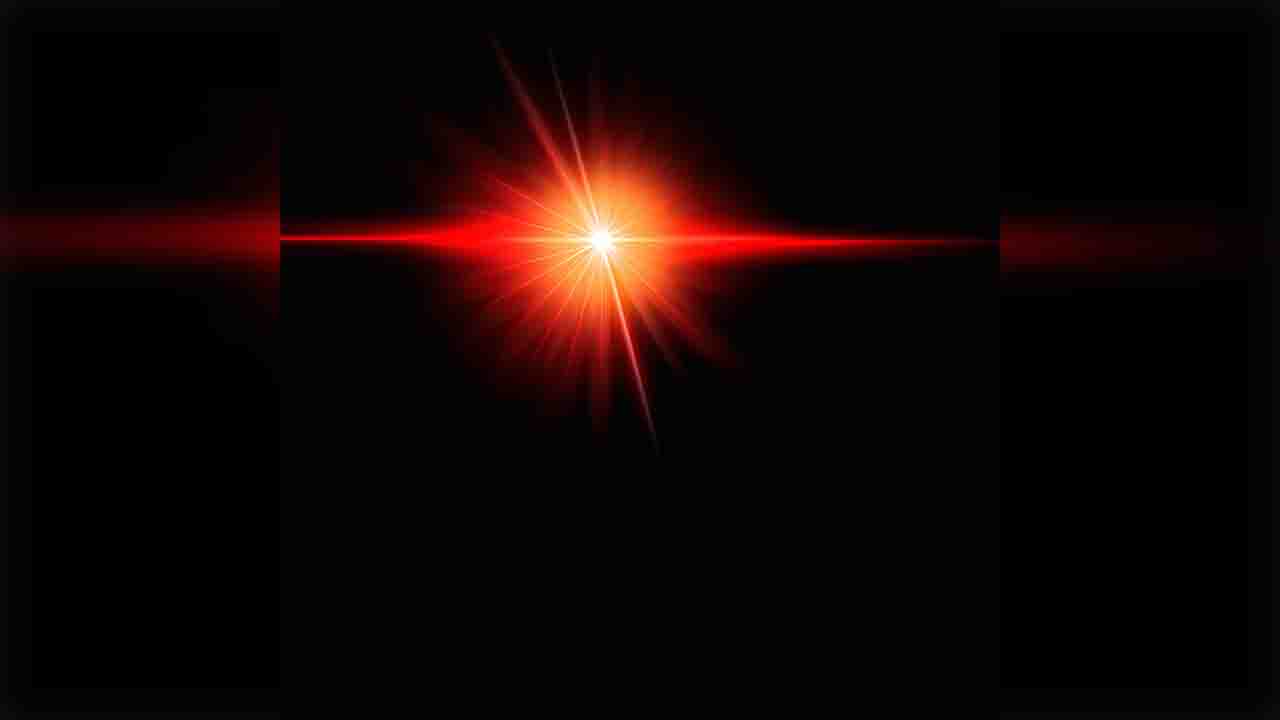Researchers from the South Korea and UK and have revealed a way to generate laser pulses 1,000 times stronger than presently possible. Using computer simulations, they have discovered that an innovative way of condensing the light can radically upsurge its strength to such a degree that it can extract elements from a vacuum. This new method could open up doors for significant discoveries into the very nature of matter.
Scientists from the University of Strathclyde, Ulsan National Institute of Science & Technology (UNIST), and Gwangju Institution of Science and Technology (GIST) have put forward a modest idea to transform the next generation of lasers. They propose using the gradient in the mass of plasma, which is completely ionized matter, to enable photons to bunch together. This is similar to the way a collection of cars bunches up as they come across a steep hill. If this procedure is positive, it could upsurge the power of lasers by more than one million times from what is presently attainable.
Also read
- UK to build world’s most powerful laser than to £85m cash injection
- China makes ‘huge breakthrough’ in high-energy lasers
- Scientists create powerful lasers that fit on a fingertip
The most powerful lasers in the world have a ultimate power of roughly ten petawatts. A new 20 petawatt laser called the “Vulcan 20-20” is presently under construction at STFC Rutherford Appleton Laboratory. To set this into perspective, the earth’s upper atmosphere obtains 173 petawatts (173 x 10^15 W) of sunshine, about one-third of which reaches Earth’s. A petawatt is equal to 10^15 watts, an exawatt is equivalent to 10^18 watts, and a zettawatt is equivalent to 10^21 watts. The sun harvests 4 x 10^26 watts of power, equal to 400,000 zettawatts.
A significant and essential question is what occurs when light strengths exceed levels that are experienced on earth. High-power lasers permit researchers to answer basic questions on the nature of matter and the vacuum and explore what is identified as the intensity frontier, clarified by Professor Dino Jaroszynski of the University of Strathclyde’s Department of Physics.
Applying terawatt to petawatt lasers to substance has allowed the expansion of next-generation laser-plasma accelerators, which are thousands of times smaller than conventional accelerators. Providing new tools for researchers is altering the way science is done. We have set up the Scottish Centre for the Application of Plasma-based Accelerator (SCAPA) at the University of Strathclyde to push applications built on high-power lasers forward, he added.
The new laser intensifying technique will help physicists explore some vital features of interest, from the so-called “intensity frontier” to being able to extract elements from a vacuum. The study has applications in astrophysics by simulating stellar phenomena and addressing energy matters through laser fusion study. It could also prove supportive in pushing our understanding of the Schwinger boundary. This is a theoretic point where light can be transformed into matter, with huge theoretical and practical implications.
Professor Min Sip Hur of UNIST said that, the outcomes of this research are anticipated to be relevant in various fields, including advanced theoretical physics and astrophysics. It can likewise be used in laser fusion study to help address the energy problems facing humanity. Our joint Korean and UK teams plan to experimentally trial the ideas in the lab.
Plasma can achieve a role parallel to traditional diffraction gratings in CPA systems but is a material that cannot be damaged. It will, thus, improve traditional CPA technology by including a very simple add-on. He added, even with plasma of a few centimeters in extent, it can be utilized for lasers with highest powers surpassing an exawatt,” said Professor Hyyong Suk of GIST.
Understanding the nature of matter and vacuum at concentrations above 1024 W/cm2 are among the outstanding encounters of modern physics. High-power lasers also permit the study of the astrophysical phenomena in the laboratory, allowing unique glimpses into the inside of stars and the [universe’s origin], explains Strathclyde University.
You can view the study Nature Photonics.








